Raoul Dufy (1877-1953)
Get a Dufy Certificate of Authenticity for your painting (COA) for your Dufy drawing.
For all your Dufy artworks you need a Certificate of Authenticity (COA) in order to sell, to insure or to donate for a tax deduction.
Getting a Dufy Certificate of Authenticity (COA) is easy. Just send us photos and dimensions and tell us what you know about the origin or history of your Dufy painting or drawing.
If you want to sell your Dufy painting or drawing use our selling services. We offer Dufy selling help, selling advice, private treaty sales and full brokerage.
We have been authenticating Dufy and issuing certificates of authenticity since 2002. We are recognized Dufy experts and Dufy certified appraisers. We issue COAs and appraisals for all Dufy artworks.
Our Dufy paintings and drawings authentications are accepted and respected worldwide.
Each COA is backed by in-depth research and analysis authentication reports.
The Dufy certificates of authenticity we issue are based on solid, reliable and fully referenced art investigations, authentication research, analytical work and forensic studies.
We are available to examine your Dufy painting or drawing anywhere in the world.
You will generally receive your certificates of authenticity and authentication report within two weeks. Some complicated cases with difficult to research Dufy paintings or drawings take longer.
Our clients include Dufy collectors, investors, tax authorities, insurance adjusters, appraisers, valuers, auctioneers, Federal agencies and many law firms.
We perform Raoul Dufy art authentication, appraisal, certificates of authenticity (COA), analysis, research, scientific tests, full art authentications. We will help you sell your Raoul Dufy or we will sell it for you.
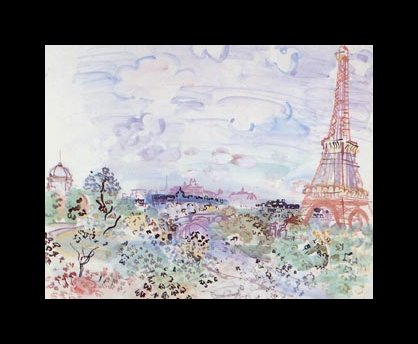
Raoul Dufy was born into a large family in Le Havre, France. He was the older brother and mentor of fellow painter Jean Dufy. At the age of 14, Dufy left school to work in a coffee company, but at 18, was able to begin classes at the Ecole des Beaux-Arts in Le Havre. Dufy would go on to spend a year in the military and in 1900, won a scholarship to go to the Ecole des Beaux-Arts in Paris.
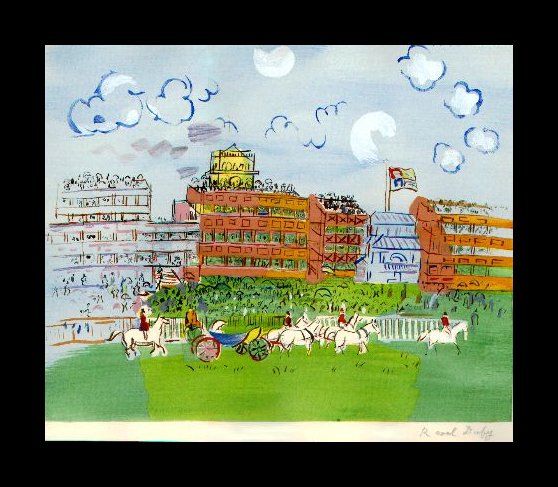
While in Paris, Dufy became friends with fellow painter Georges Braque. During this time, he was heavily influenced by the Impressionistic landscape painters of the day. Dufy went through a number of phases in the beginning of his artistic career, from Impressionism to Fauvism to Cubism. Dufy’s work mirrored all of these styles, but he essentially did not fit into the mold of any one of these movements. He finally developed his own style of colorful and highly structured compositions painted in swift brush strokes of typical open-air Parisian scenes and landscapes. This style became known as Stenographic.
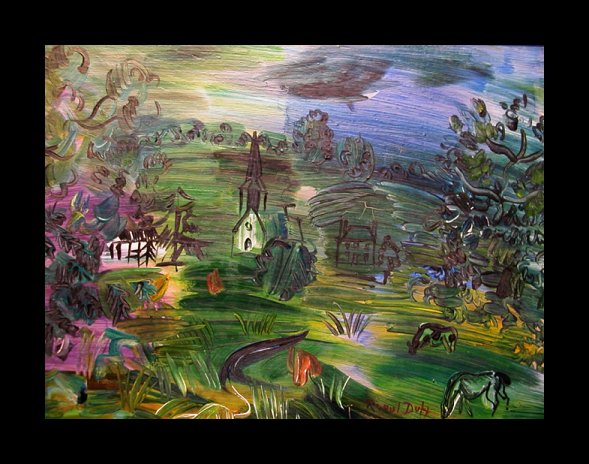
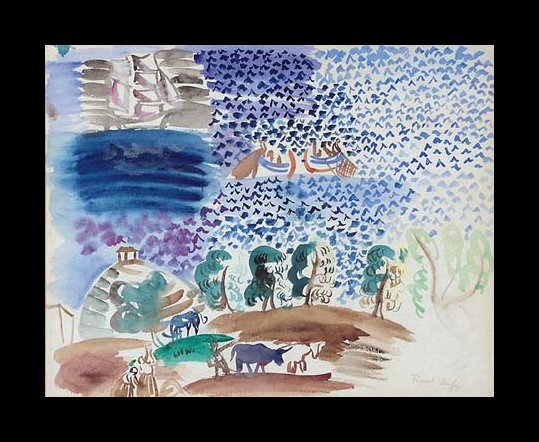
*Note the “Stenographic” style in these two paintings—swift repetitious brushstrokes on the canvas as a part of the composition.
Dufy had his first exhibition in 1901 at the Salon des Artistes Français. He became well known, not only as a painter, but also as a decorative arts designer. Dufy created fabric designs and book illustrations as well as decoration for china and more.
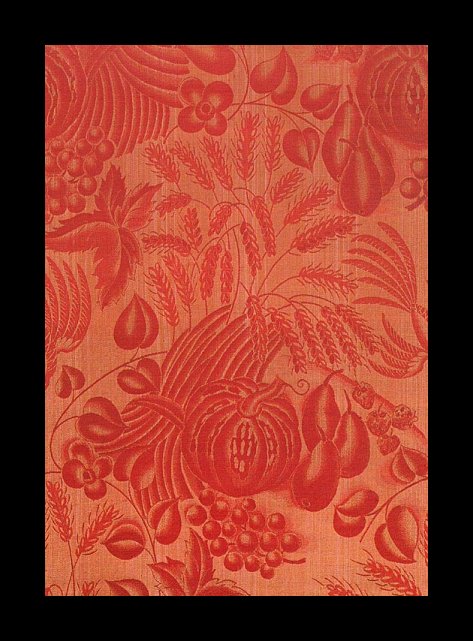

Many critics note that Dufy was a master in the use of color, and did not let the classical limitations and rules of color theory apply to his paintings. Sometimes a painting of Dufy’s would be composed of one sweeping color over the entire canvas, bleeding into sections where it couldn’t. Some critics called this work sloppy or uninspired, but it was a style all it’s own and set him apart from other artists, and through this color theory created bright and cheerful compositions. Dufy would also paint through a perspective all his own, be it from above or afar, and break the traditional rule of painting what you see.
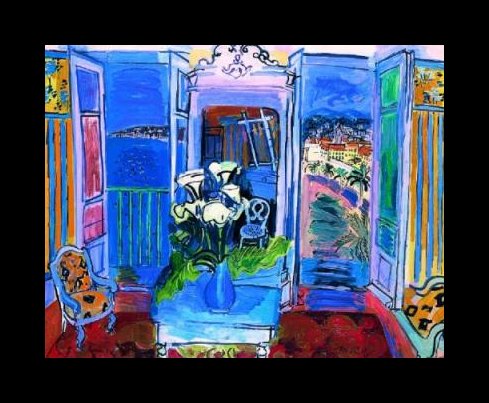
However, because Dufy taught and mentored his younger brother Jean, their paintings and style often mirrored one another. Some authenticators may find it difficult to distinguish between the two brothers styles, but an educated eye will be able to tell one from the other.
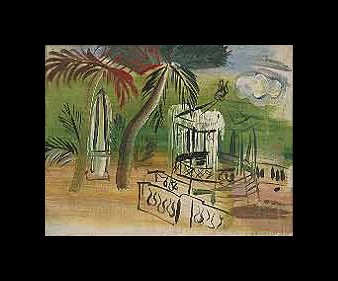
Dufy continued to paint nearly up until his death, creating still life and nude portraits in the studio mainly toward the end. Dufy was truly an artist before his time, and is perhaps even more in-demand now than ever. Today his work is housed worldwide, and perhaps even in your own home.
Reviews
1,217 global ratings
5 Star
4 Star
3 Star
2 Star
1 Star
Your evaluation is very important to us. Thank you.
